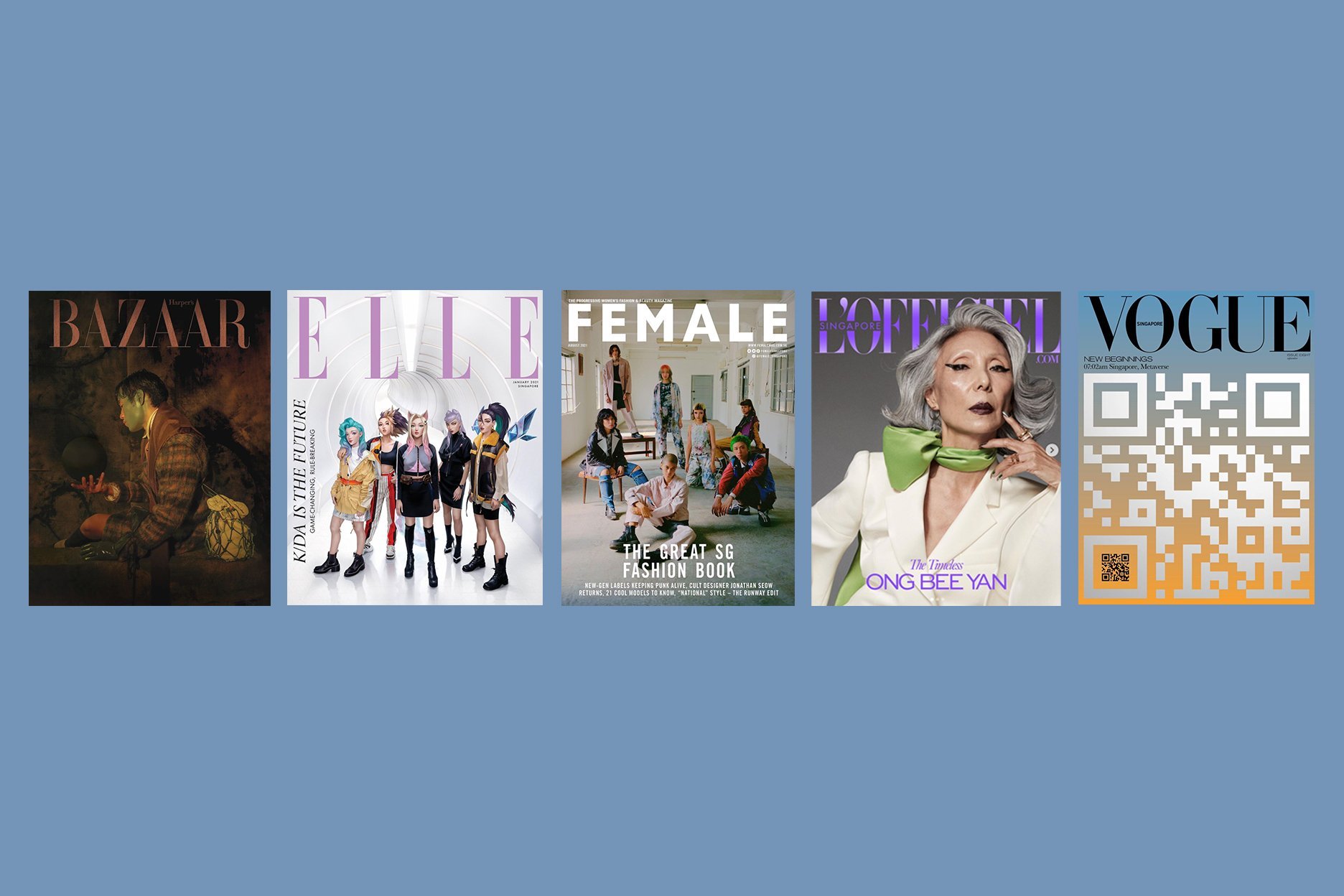My Own Words: Jakkai Siributr
Yellow Fever’, ‘Black Death’ and ‘White Plague’ at the Indian Ocean Craft Triennial 2021
By Jakkai Siributr
Jakkai Siributr. Photo by Matthieu Lunard.
Every so often when an apocalyptic air looms over me, I think of my late mother more than usual. We were very close, my mother and I. She carried me everywhere. A cousin often jokes about how I was always attached to my mother’s hip like Siamese twins! We were literally separated when I was sent away to boarding school at fifteen. I still miss her and have not stopped talking to her since her sudden death six years ago, although our conversations nowadays tend to be one-sided.
The artist and his mother M.R. Saisingh Siributr. Image courtesy of Jakkai Siributr.
Being surrounded by so much hopelessness and helplessness, I wonder what my mother would make of the past year. In a way, I am relieved that she did not live to see the mess the pandemic has brought, which means that her children do not have to worry about shielding her from the virus. But I tend to think that she would have coped way better than any of us in this uncertain period. After all, this is a woman who lived through the bombings of the Second World War and only remembered how much fun she had as a twelve-year-old girl going to the toilets on a bamboo raft and swimming in that same river when her school evacuated to a temporary location up stream in the old capital of Ayutthaya.
Several days into the very first lockdown that felt like a lifetime, I began to sew to keep sane. After thirteen months, this resulted in the three large-scale quilts ‘Yellow Fever’, ‘Black Death’ and ‘White Plague’ currently on display at the Indian Ocean Craft Triennial 2021 in Perth, Australia.
‘Yellow Fever’, 2021, 216 x 185cm, constructed textiles from disassembled garments, beads and sequins. Image courtesy of Jakkai Siributr.
These works were created as a dialogue with my mother by meditatively stitching her old clothes together with mine in the tradition of quilt-making. It is an homage to all the quilters of the American South and from around the world whose crafts have inspired me since my university days as a textile student. These constructed pieces were then meticulously embellished with beads and imageries. Our conversations centered around current world events that include the pandemic, racism and violence against minorities, right-wing politicians and toxic masculinity. These issues are similar to the ones my mother cared deeply about in her days. Detailed accounts of her daily life from the diary entries she kept throughout her life is a testament of her political and social activism. My most personal work to date ‘18/28: The Singhaseni Tapestries’, presented at the 9th Asia Pacific Triennial of Contemporary Art was a culmination of extensive studies of the very same diaries. This work includes large-scale quilts constructed from disassembled garments and hand embroidery on my mother’s old dresses. The new quilts are a continuation of ‘The Singhaseni Tapestries’ and my way of keeping my mother close to my heart.
“These works were created as a dialogue with my mother by meditatively stitching her old clothes together with mine in the tradition of quilt-making…… Our conversations centered around current world events that include the pandemic, racism and violence against minorities, right-wing politicians and toxic masculinity. These issues are similar to the ones my mother cared deeply about in her days.”
‘Yellow Fever’ in progress. Image courtesy of Jakkai Siributr.
‘Yellow Fever’ was the first quilt in the series to be completed. It addresses the anti-Asian sentiments since the beginning of the pandemic. Surely anti-Asian hate is nothing new and we have all seen it, even within our own Asian communities. Historical and socio-economic factors are often blamed for these sentiments but COVID-19 accelerated it to an unprecedented level. The face mask, the very object that should help protect oneself from the virus, has also become a free pass for discrimination and hate crime. Each pair of Asian eyes in the work that stare back at viewers belong to the victims who have experienced painful acts of violence.
‘Black Death’, 2021, 197 x 196cm, constructed textiles from disassembled garments, beads and sequins. Image courtesy of Jakkai Siributr.
Then the world woke up to the explosion of rage from years of oppression, injustice and brutality against African-Americans. The Black Lives Matter (BLM) hashtag appeared everywhere on my social media feed for weeks, even from friends who could care less about Thai politics showed interest in the BLM movement. With all the noise and awareness, I wonder why the brutality against and the murder of black transgender people and other transgender people of colour at the hands of their own men persist in silence, seemingly excluding the LGBTQ community. The faces that appear on this quilt are but a fraction of those whose lives were cut short in 2020.
‘White Plague’, 2021, 202 x 195cm, constructed textiles from disassembled garments, beads and sequins. Image courtesy of Jakkai Siributr.
‘White Plague’ points fingers at world leaders (mostly straight white male) and their (mis)handling of the pandemic. It takes inspiration from the presidential and patriotic quilts that honour and remember past presidents and their history. Far from honouring these men, on this quilt is a history I chose to remember and to never forget the stories of men and women, young and old who died lonely deaths, and those left behind who never had a chance to properly say goodbye. The last goodbye I said to my mother was when I left for Chiangmai for the Thanksgiving weekend and came back just a few hours too late……
The artist and his mother M.R. Saisingh Siributr. Image courtesy of Jakkai Siributr.
An embroidery of the photograph of the artist and his mother, seen in the previous image. Image courtesy of Jakkai Siributr.
2020 was a year that was cancelled for many but for me, it felt more like a long pause. It has given me enough time to live slowly and to work slowly. Being confined at home in a compound meant I was constantly surrounded by things connected to my mother: her old garments, her beloved trees and her old recipes that I cooked while under lockdown. I also rediscovered gardening and have been unearthing her old terracotta pots buried in the grounds after all these years of neglect with the excitement of an eleven-year-old boy, except this time around, I no longer feel the need to be attached to her hip to feel close to her. Her presence is in everything that I do.


















